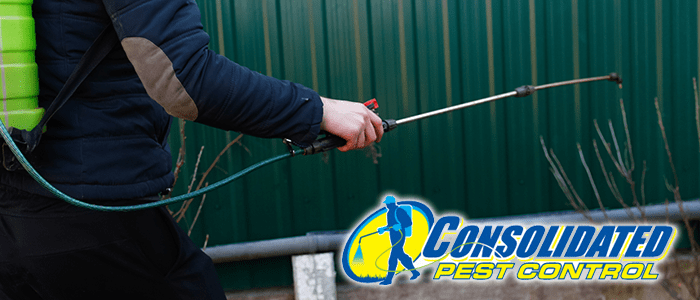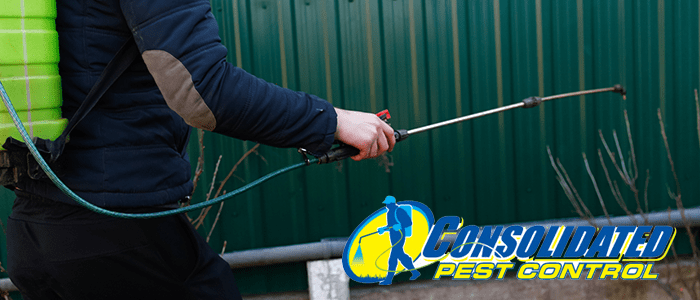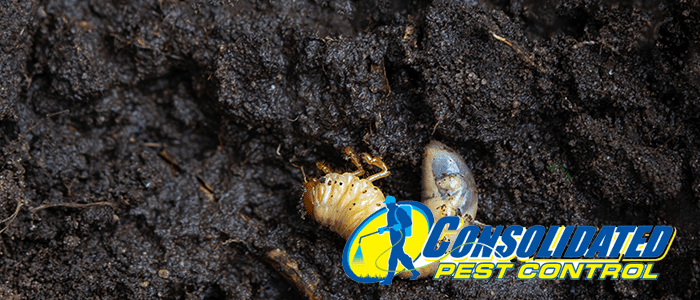
The Scary Truth About Healthcare Facility Pests: Prevention Tips from Consolidated Pest Control
As healthcare facilities continue to be heavily impacted by the COVID-19 pandemic, it is now more important than ever to prioritize cleanliness and disease prevention. However, one factor that may be overlooked is pest control. Healthcare facility pests can pose serious health risks for patients, staff, and visitors.
In this blog post, Consolidated Pest Control, a leading pest control and lawn fertilization company headquartered in Plant City, FL, will discuss the dangers of pests in healthcare facilities and provide valuable prevention tips for our customers.
Section 1: The Dangers of Pests in Healthcare Facilities
Pests in healthcare facilities pose serious health risks. Rodents, cockroaches, bed bugs, and other pests can spread disease and contaminate surfaces with bacteria and other harmful substances. They can also cause property damage and have a negative impact on a facility’s reputation. Once a pest infestation takes hold, it can be difficult and expensive to eradicate.
Section 2: Common Pests in Healthcare Facilities
Rodents, cockroaches, ants, bed bugs, and flies are some of the most common pests that are found in healthcare facilities. Rodents and cockroaches are carriers of disease and can contaminate surfaces with bacteria through their droppings, urine, and saliva. Ants can be attracted to food and moisture, while bed bugs can cause itchy bites and disrupt sleep. Flies also carry disease and can contaminate food and other surfaces.
Section 3: How Pests Enter Healthcare Facilities
Pests can enter healthcare facilities through a variety of ways. They can hitchhike in on visitors or patients, come in through open doors, windows, or cracks in the building, or be brought in through shipments or deliveries of food and supplies. Pests also thrive in cluttered and untidy spaces, so it is important to keep the facility clean and well-maintained.
Section 4: Prevention Tips for Healthcare Facilities
The best way to prevent a pest infestation is to take proactive measures. This includes:
- Regularly inspecting the facility for signs of pest activity, such as droppings or gnaw marks
- Maintaining a clean and clutter-free environment
- Properly storing and disposing of food and garbage
- Sealing cracks and gaps in the building to prevent pests from entering
- Educating staff and visitors on the importance of pest prevention and reporting any sightings
Section 5: Integrated Pest Management and Healthcare Facility Pests
Consolidated Pest Control utilizes an Integrated Pest Management (IPM) approach to pest control. This approach focuses on preventing pest problems by identifying and eliminating the root causes of the issue. IPM involves a combination of methods, including inspection, exclusion, sanitation, and targeted treatments. This approach is not only more effective than traditional pest control methods, but it is also safer for people and the environment.
Section 6: Partnering with a Professional Pest Control Company
Partnering with a professional pest control company like Consolidated Pest Control is the best way to ensure your healthcare facility stays pest-free. Our team of experts will work with you to develop a customized pest prevention and control plan that meets the specific needs of your facility. We use the latest, most effective pest control products and techniques to eliminate pests and prevent them from returning.
Section 7: Regular Inspections and Treatments
Regular inspections and treatments are essential for keeping pests at bay. Our team will work with you to schedule regular pest inspections and treatments to ensure your facility remains pest-free. This proactive approach not only prevents pest problems from occurring but also ensures that any pest issues are identified and addressed quickly.
Section 8: The Benefits of Pest Control for Healthcare Facilities
Investing in pest control for your healthcare facility has numerous benefits, including:
- Protecting the health and safety of patients, staff, and visitors
- Protecting the physical structure of the facility
- Maintaining a positive reputation
- Reducing liability risks
- Improving the overall cleanliness and appearance of the facility
Section 9: Conclusion for Healthcare Facility Pests
Pest control is essential for healthcare facilities. Preventing pests from entering your facility and eradicating any existing pest problems can help ensure the health and safety of patients, staff, and visitors.
Consolidated Pest Control is committed to providing our customers with the highest level of pest control services. Contact us today to learn more about how we can help keep your healthcare facility pest-free.








